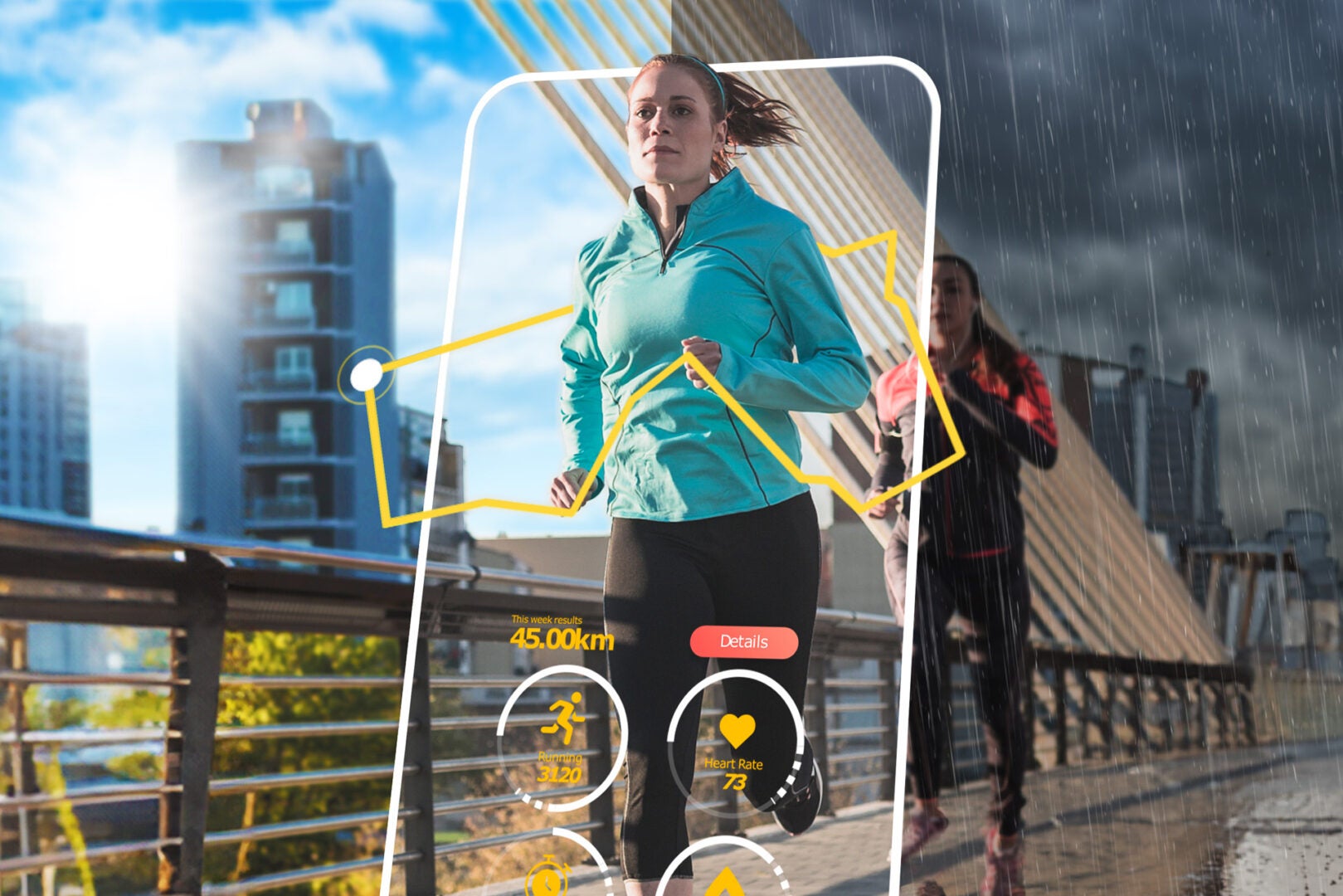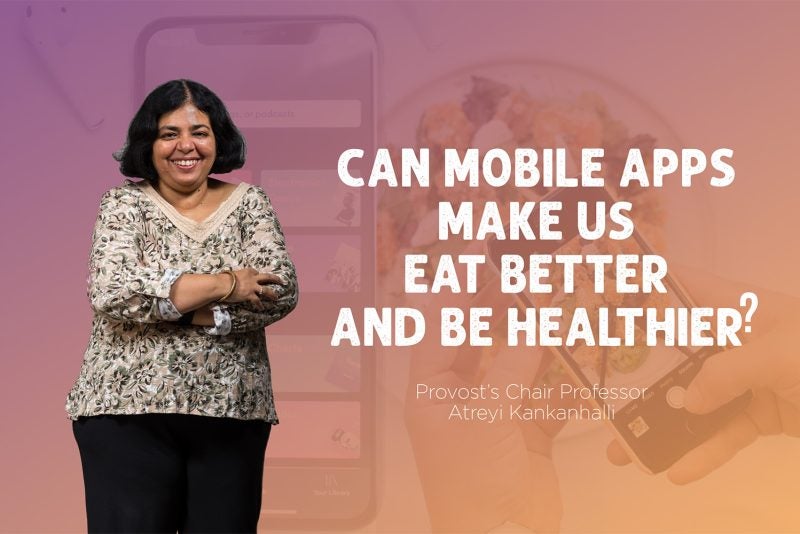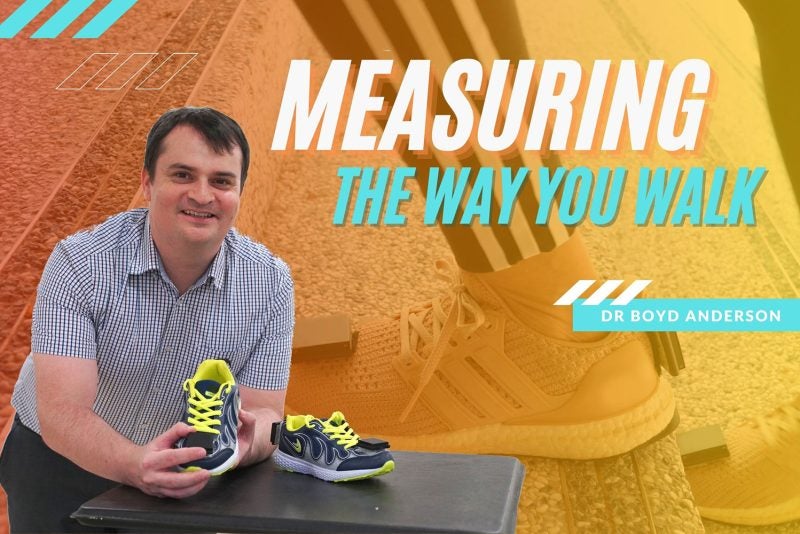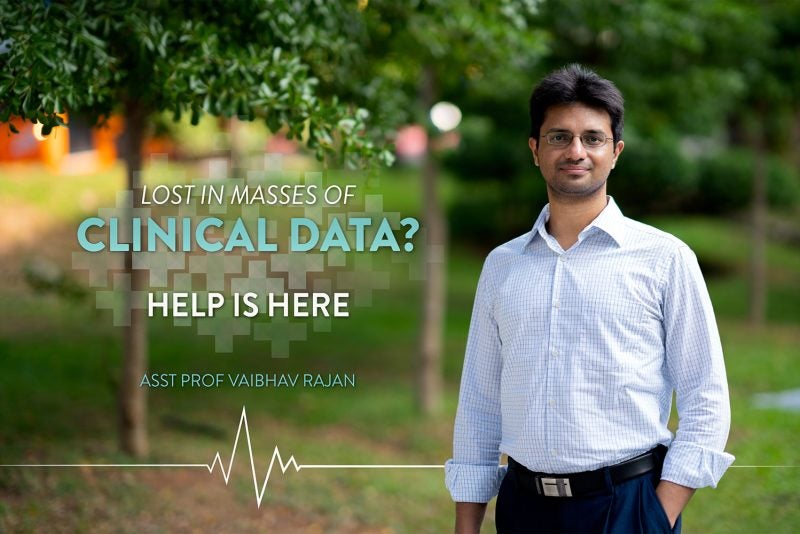All across the developed world, people are living increasingly sedentary lives. The average adult spends more than half their day sitting down — nearly six hours for those in Singapore, versus 7.7 hours and 8.3 hours for Americans and South Koreans, respectively.
But our bodies were not made to stay still for such long periods of time: physical inactivity results in roughly two million deaths annually; doubles the risk of diabetes, cardiovascular disease, and obesity; and increases the likelihood of colon cancer, hypertension, depression and anxiety. Because of these myriad complications, experts have been experimenting with various means to motivate people to move more.
One of the most popular interventions today is mobile apps. Such software helps users set goals, log workouts, monitor progress, and receive feedback, among other things. Given how many people own smartphones and the frequency with which we check our devices throughout the day, mobile apps are a particularly promising way to drive health-related behavioural changes, says Nakyung Kyung, an assistant professor at NUS Computing who studies the topic. They’re also easy to use, making it no surprise, then, that more than 2.5 million mobile health apps were downloaded in 2021, a 30% increase over 2019.
“They realised that for people who don’t have the resources to access an indoor gym or other exercise facilities, the most basic barrier to exercising was bad weather,”
Kyung has spent the past few years collaborating with one of the largest mobile app companies in Asia. The South Korean-based firm offers users the ability to track their steps using the pedometer present in their smartphones. In 2019, Kyung’s contacts at the company turned to her for help: “They realised that for people who don’t have the resources to access an indoor gym or other exercise facilities, the most basic barrier to exercising was bad weather,” she recalls.
How, then, could the firm inspire people from low-income backgrounds to exercise more? Specifically, how could they effectively harness real-time weather information to craft messages in their app that would spur users to get moving, even if the weather was bad?
Mood and framing
The company’s request wasn’t entirely surprising, Kyung felt. After all, our moods are inextricably linked to the weather. But the relationship is a complex one — a dose of sunshine can boost energy levels, but too much heat can cause us to feel impatient and irritable. A rainy day invokes feelings of laziness and a desire to stay cosy indoors, but too much gloomy weather at a stretch can lead to depression, seasonal affective disorder, and other conditions. Some studies have even shown that weather can impact our purchasing and investment decisions.
Yet despite weather accounting for approximately 40% of the variability we experience in our daily moods, most mobile health apps fail to take it into consideration. But Kyung now wanted to change that.
To do so, she led three field experiments aimed at investigating how users would respond to different mobile health app messages under varying weather conditions.
“This implies that framed messages lead to better exercise outcomes compared with messages without framing,”
The first thing Kyung and her fellow researchers wanted to figure out was how important the framing of such messages was. “You can have messages framed as ‘gains’ that emphasise the benefits exercise can bring, for example lowering your blood sugar level or strengthening your heart,” she explains. “Or you can have them framed as ‘losses’ that give you warnings like how remaining sedentary can increase your risk of obesity and diabetes.”
By contrast, neutral messages simply ask the user questions such as “Would you like to participate in the 10,000-step challenge today?” without highlighting any gains or losses associated with exercising.
When Kyung and her team randomly sent people push notifications containing either a framed or neutral message, they found that those who received the former (either as a gain or loss message) were more likely to accept the daily step challenge. “This implies that framed messages lead to better exercise outcomes compared with messages without framing,” she says.
Cloudy or sunny?
Building on that, the researchers then decided to differentiate the effect gain versus loss messages had on users’ inclination to exercise. The aim? To figure out the optimal message framing to use under two weather conditions: sunny and cloudy.
In an experiment that involved nearly 3,000 users across South Korea, the researchers discovered that on cloudy days, people who received a gain-framed message were more likely (11.8%) to complete a physical activity challenge compared with those who received a loss-frame message (5.5%).
The opposite was true on sunny days: a loss-framed message was found to be more effective at spurring exercise than a gain-framed one (21.8% versus 15.1%) — a result Kyung says was surprising. “Prior findings in healthcare literature usually states that making people feel better helps with getting them to exercise more.”
“But in sunny weather, people tend to feel happier and that positive mood can act as a psychological buffer for them to receive and process negative self-relevant information, which can be a good incentive,” she says.
In a follow-up experiment, users received the same weather-based intervention four times over a period of 55 days. “We were also interested in finding out how we can make exercise a habit for more people,” Kyung explains. This last experiment yielded similar results, implying that such weather-contingent message framing could be used “as a long-term solution in practice,” she says.
“App designers need to consider people’s psychological state, like weather-induced moods, to figure out how accepting they will be of a certain type of message.”
Additional analyses of their results revealed that such targeting effects were especially pronounced for users with what Kyung calls ‘instrumental’ motives, in other words those with specific goals such as wanting to lose weight or stay healthy. In contrast, messaging was less effective for those users who had ‘consummative’ motives like exercising for the mere enjoyment of it.
“The take-home message of our work is that messages need to be carefully designed before we send them out to the user,” says Kyung. “App designers need to consider people’s psychological state, like weather-induced moods, to figure out how accepting they will be of a certain type of message.”
Their findings, which were recently published in the journal Information Systems Research in August, has already garnered attention in the popular press — with Fox News discussing Kyung’s work in a segment last month.
Next up, Kyung and her collaborators plan to examine how other factors, such as how busy a person is that day, impacts their motivation to exercise. “Ultimately, our goal is to support people in managing their health daily through digital interventions,” she says, “thereby ensuring healthy lives and promoting well-being for all at all ages.”
































